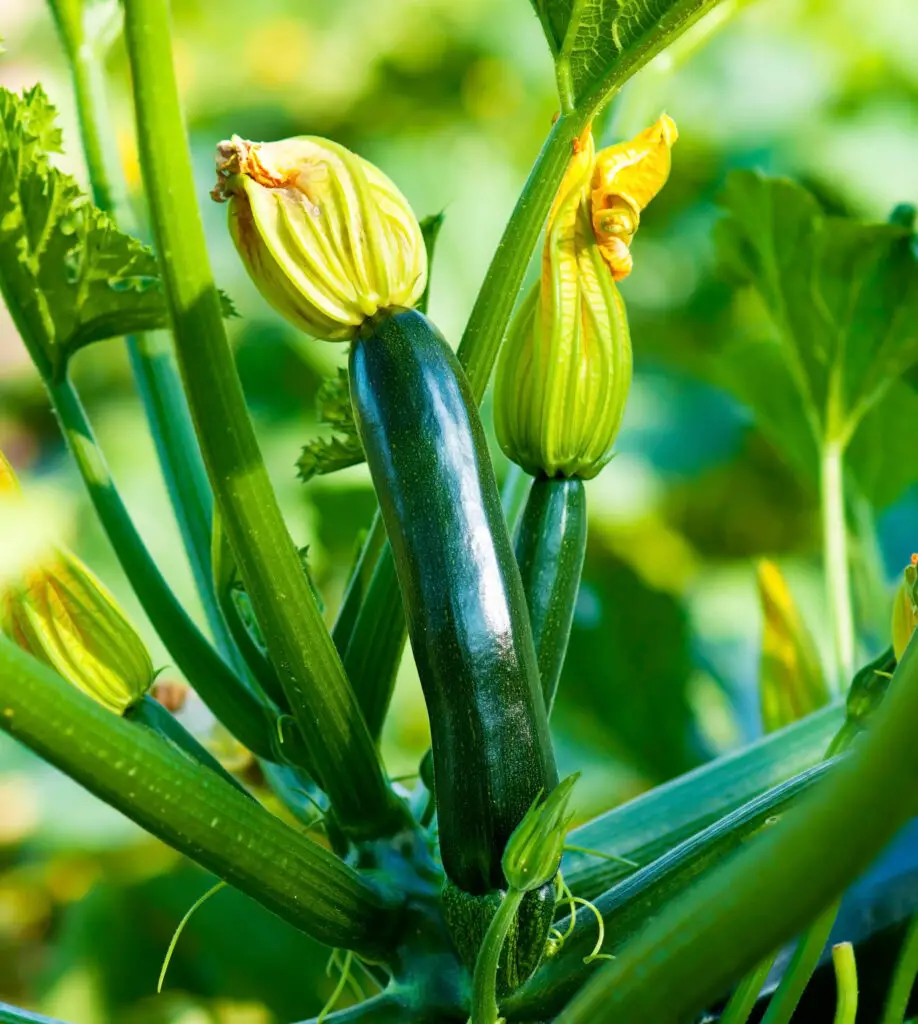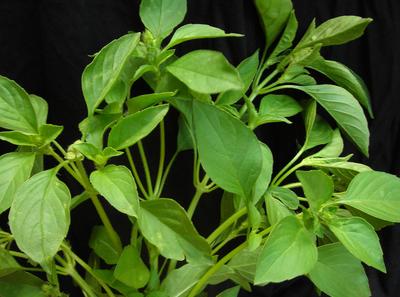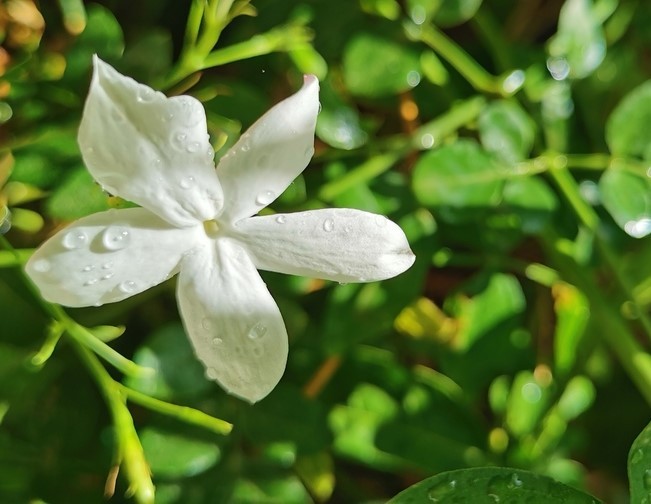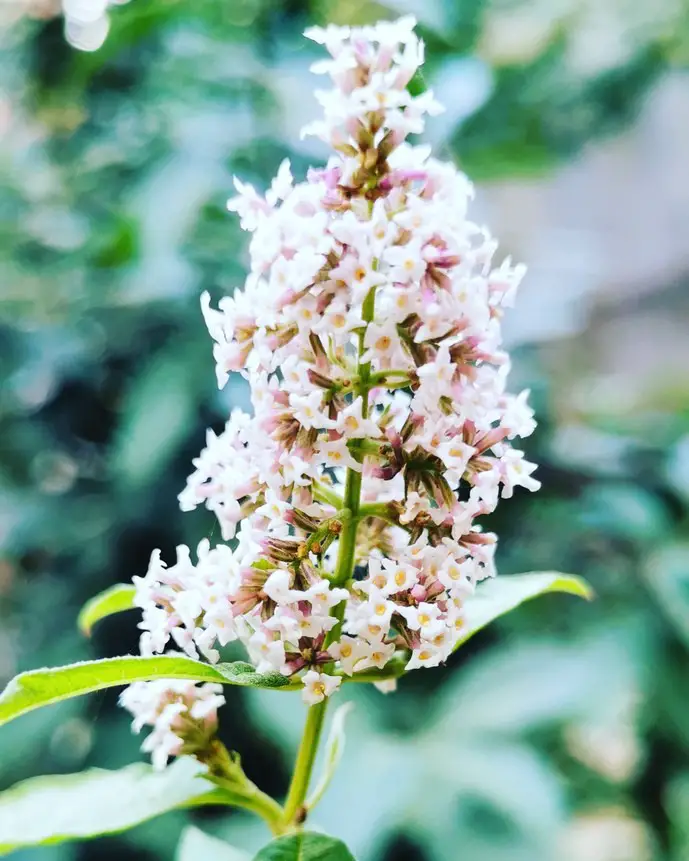We cannot emphasize enough how popular and gorgeous Jasmines are. They are one of the most popular decorative plants in the world. Jasmines are one of my absolute favorite plants out there. Not only they are beautiful, but they also come with amazing fragrances. Each jasmine variety has its own distinct smell.
There are a lot of factors that damage your jasmine plant, therefore, protection and proper care can be key to having a healthy jasmine plant that will continue to live for decades.
Growing jasmine vines, whether indoors or in the garden, will create a wonderfully scented shield. The bush type is a great landscape specimen that comes with either pink, white, ivory, or yellow scented flowers.
Related article: Most Common Jasmine Diseases and How to Treat Them
Table of Content
- Jasmine Plant
- How to Grow Jasmine
- How to Care for Jasmine
- Indoor Jasmine Care
- How to Grow Jasmine from Cuttings
Caring for jasmine plants can be a bit tricky, but the results are well worth it. As not all jasmine plants are scented, there are some more popular types of jasmine than others where, generally, the most common ones are scented.
For example, common jasmine (Jasminum officinale) is a vine with larger shiny green leaves than royal jasmine (Jasminum Nobile), both plants survive in warm climates where protection is provided.
There are many other types of jasmine plants. Learning how to grow jasmine will add an impressive visual and olfactory touch to your garden.
How To Grow Jasmine
When growing jasmine, choose a warm and protected place. Vining varieties require a support structure, as some can be as high as 15 feet. So, consider placing a trellis or an arbor to allow your jasmine plant to climb.
All jasmine plants are healthy when they are well-drained. They prefer sunlight and a bit of shade with moderately fertile soil.
Place the plant on the ground at the same level as it was grown in the nursery. Most jasmine plants are grafted onto common jasmine rootstocks due to their excellent durability.
How to Care for Jasmine
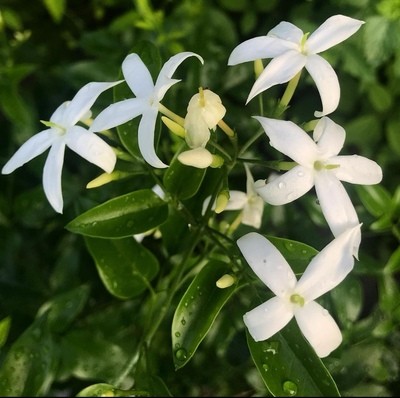
Care for jasmine plants is not difficult, but caution is required. All plants need to be trained early when young. That’s why when you’re dealing with a vining plant such as jasmine, you’ll need to be prepared to plant it in a place where it can climb.
An important step is to fertilize your plants in the early spring just before new growth appears.
In the second year, trim off the tip of the vine. This will promote branching and will help to fill the trellis with bushy nice growth.
Jasmine plants are prone to different kinds of diseases and pests and insects such as spider mites, aphids, and whiteflies. I’d say use prevention methods prior to treatment methods. Treating plants sometimes can be exhausting and, in some severe cases, it might get out of control and end up losing your plant forever.
Related article: How to Save a Dying Jasmine Plant
Indoor Jasmine Care
- Jasmine plants bloom from late spring to summer. If necessary, replant it before the early spring flowering time.
- Jasmine varieties produce excellent foliage plants. They need a humid and sunny place.
- You need to be aware that potted plants do not have access to extra nutrients, therefore, they should be fertilized twice a year.
- Watch out for pests and insects. Preferably, use prevention methods such as spraying them with neem oil.
- Water your plant regularly. Be careful to not overwater or underwater the jasmine as water stress can highly damage any kind of plant.
How To Grow Jasmine Cuttings
Harvest some cuttings in the spring and plant them for more free plants. All you need to do is cut some long stems from your jasmine (around 8 inches tall/ 20 cm). Then, soak the cuttings in the rooting hormone and push the tip into a soilless medium such as peat.
Jasmine plant cuttings are best started from June to October. Once established, follow general Jasmine plant care instructions.
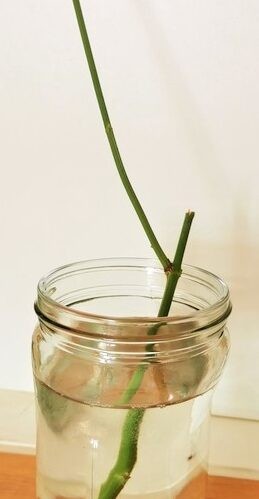
Related article: Jasmine Plant Uses & Effectiveness

